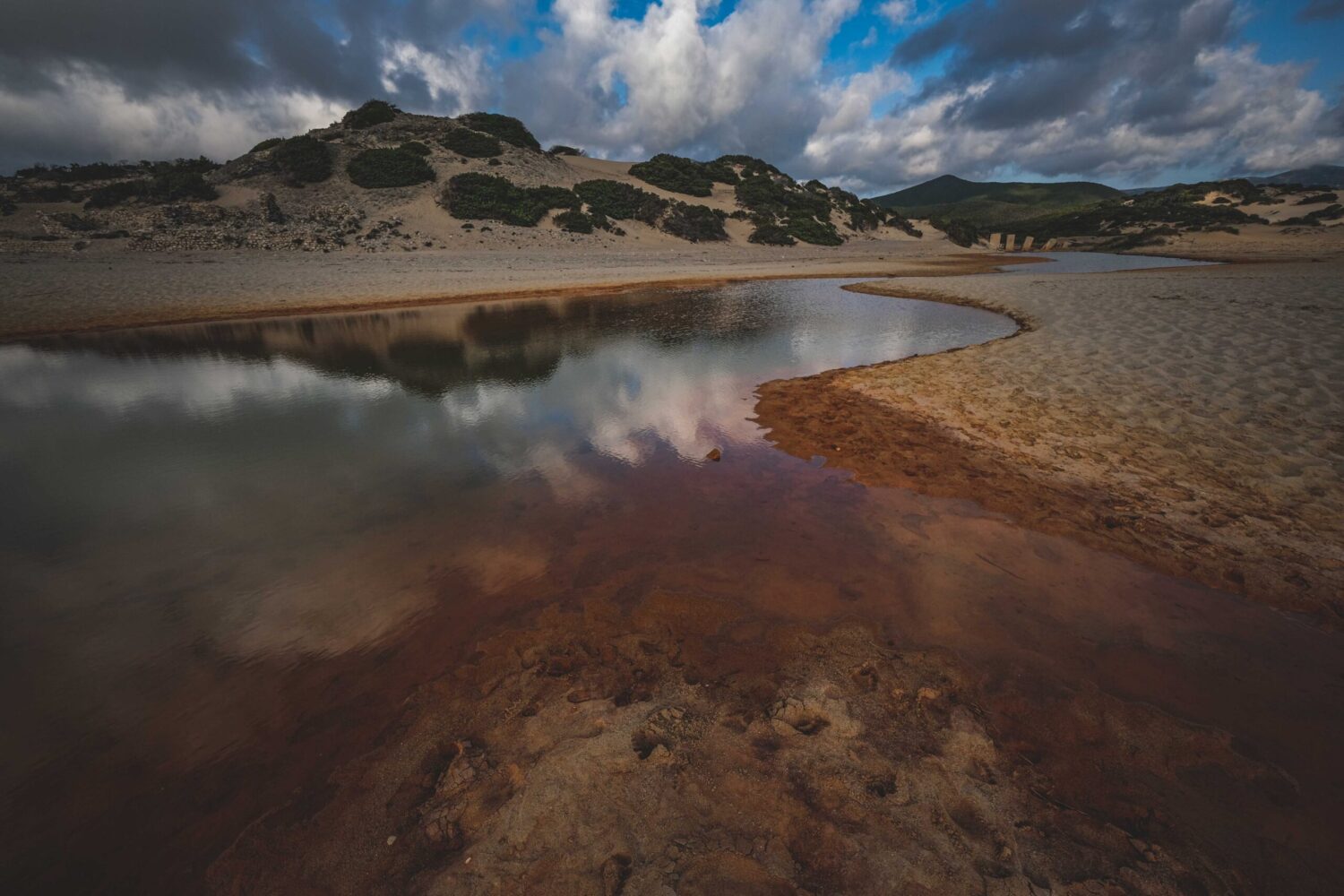A World Wide Fund for Nature (WWF) analysis shows that 17% of people in Europe could face high to extreme risks of water shortage by mid-century.
According to the authors of the study, this scenario could only be prevented if governments and businesses take urgent and decisive action to increase the sustainability of economies through nature-based solutions.
The organization points out that rivers in Europe are falling victim to the heat. “Four of the continent’s most important arteries – the Danube, the Po, the Rhine and the Vistula – are facing record low levels, threatening business, industry, agriculture and even drinking water supplies for local communities.
Using WWF’s water risk assessment tool, the new analysis shows that Europe will be even more vulnerable to droughts and water shortages in the coming years,” the statement said.
“Europe’s droughts should shock no one: water risk maps have long pointed to distinct water shortages across the continent. What should shock us is the fact that European governments, companies and investors continue to turn a blind eye to water risks , as if they will resolve themselves,” said Alexis Morgan, head of the Water Program at WWF International.
“We need urgent action to mitigate these risks, especially by investing in nature-based solutions to improve the condition of Europe’s rivers, lakes and wetlands.”
According to WWF’s analysis, the countries that will face the greatest risks by 2050 are Greece and Spain.
Cities under threat
WWF’s analysis covers the entire continent, but highlights the countries likely to face the greatest risks by 2050. Among them is Greece, 82% of the population and much of its GDP that may come from areas of high or extreme risk. At the same time, ¾ of Spain’s population and GDP could be at high risk, while cities in the Guadalquivir River basin (such as Seville, Murcia, Granada and Córdoba) are expected to be the most affected by water shortages by the middle of the century.
The research shows the most endangered European cities. Even in the most optimistic scenario, there will be at greater risk of water shortages in cities such as Rome, Naples and Toulouse. Dozens of cities are also at serious risk, including Yerevan, Tbilisi, Madrid, Malaga, Valencia, Lisbon, Athens, Thessaloniki, Birmingham, Bucharest, Moscow, Donetsk, Palermo, Bologna, Florence, Bari, Baku, Antwerp and Brussels.
Photo by Francesco Ungaro:












